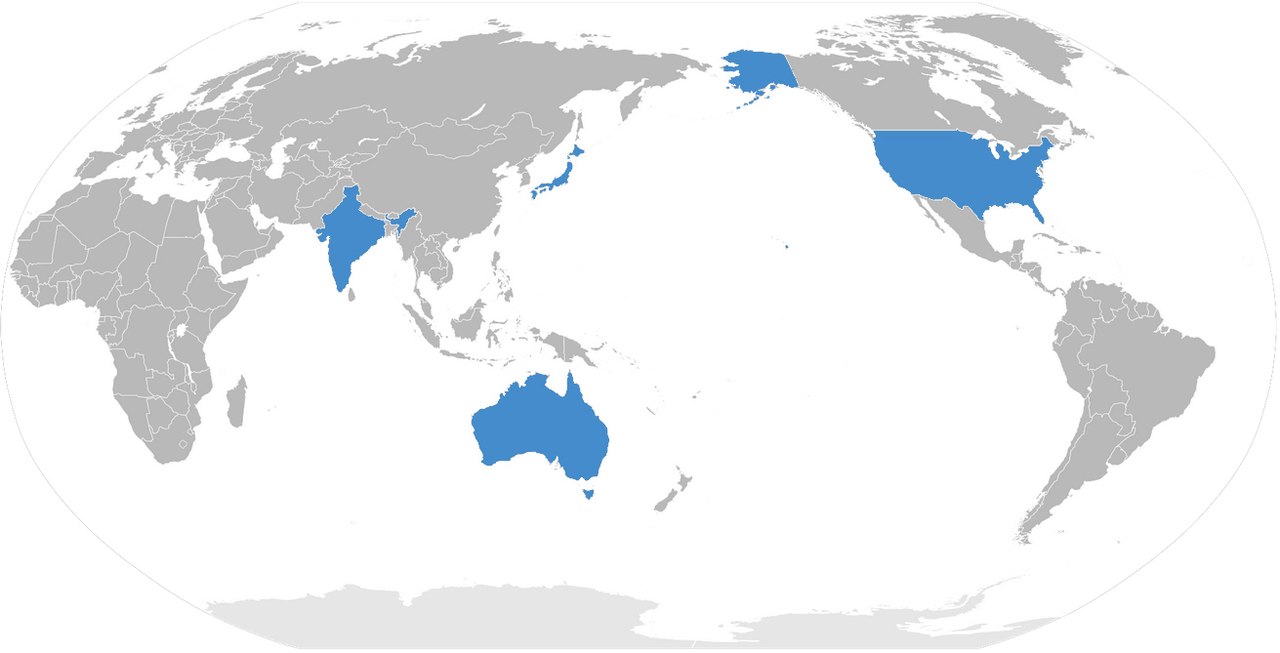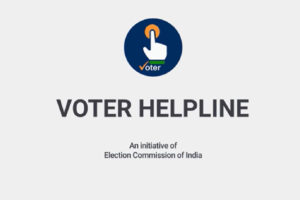Vying for control over the mineral-rich and strategically important Afghanistan in between the British empire and the Russians had been the normal of the nineteenth-century Asian geopolitics. This normal was known as the Great Game. In the post-cold war times, the South China Sea and the Pacific Ocean have to a large extent taken the place of the nineteenth century Afghanistan. The new Great Game is centered around these two oceans and is manifested in the form of an arrangement known as the Quadrilateral initiative in between the USA, India, Japan, and Australia. In June 2007 on the sidelines of the meeting of the ARF-ASEAN Regional Forum organized in Manila, the foundation of the idea of the Quadrilateral initiative was laid out. Since this meeting was largely left unpublicized, very few in the world came to know about the genesis of the Quad initiative.
This initiative was brought about to address the new power balance in Asia which was discernible in many ways. The balance was about the emergence of China. Many analysts compare the rise of China in the late 20th century to the Meiji restoration in Japan which ended the Edo period. This China factor was unique in the sense that it did not pose any direct military threat to the overall peace in Asia, but there was a concern in the world about the sharp Chinese economic rise. There is also a small fear of possible military confrontation in the ocean frontiers of East Asia. The quadrilateral initiative had been formed to address these fears and concerns as well as balance out the Chinese influence in the Asia-pacific and Oceania region.
Asia is becoming more fractured in terms of different strategic cultures. Large arrangements of 16 nations like East Asia summit, 21 nations like Asia Pacific Economic Cooperation forum, 27 nations like ASEAN Regional Forum are problematic in terms of getting results in relations between the countries. Hence, to get concrete outcomes in such regions, smaller groups like Quadrilateral arrangement would be suitable. After the Chinese criticism of a joint military exercise between Singapore and the participants of the Quad, Australia withdrew from the group in 2008. In the 2017 ASEAN summit, Australia rejoined the Quadrilateral security dialogue.
This four-sided arrangement can take the relations between the four countries in the economic realm with a special drive from India and the USA. There have been suggestions that India should develop a Quad FTA which would add another dimension to the Quad structure. India already has done nuclear deals with all the other three members. This should be a good enough reason to chalk out a Quad FTA. This Quad has given confidence to the observers that it can create a free and open Pacific. Some experts state that India somehow remains the weak link in the Quad as it cannot confidently place the ‘counter China’ notion in its diplomacy. The large amounts of loans taken by India and organizations based in India from Asian Infrastructure Investment bank which is controlled by China also play a role in this. In 2018, India deliberately kept itself aloof from the Quad arrangement after the Wuhan summit between India and China. This cold-feet posture by India worried the other members of the Quad setup. This even lowered the confidence of the USA which wants the economic balance of power to shift towards India.
Quad is such an opportunity for India where it can leverage its relationship with the USA to gain prominence in Asia and can pose as a competitor to China. It also opens the possibility of setting up a parallel of Five eyes or Echelon in Asia whereby intelligence gathering can be strengthened in the Asia-pacific and Oceania region. Quad has the potential to pose as a strategic barrier to expansionist China with regards to the South China sea. For the success of Quad, the strong strategic, military, and economic coordination between the USA and India is a prerequisite. The four-sided arrangement can in turn improve the economic stronghold and security coordination of the nations over the Pacific region. Quad can help India develop a counterpart of belt and road initiative which can be a stepping stone towards India becoming a stronger Asian power with the help of the USA.
To be a more active participant in this four-sided setup, India needs to embrace that it is a rimland power and that the 21st century is the Ocean’s century with Aircraft carriers serving as the extended frontiers of nations. This has been learned and implemented by the USA and it is being executed by China. USA wants India to embrace the rimland advantage given the fact that it has already signed three agreements with India-GSMOMIA, COMCASA, LEMOA which are part of the New Indo-US Defense framework agreement. India should take a bold step in this direction by integrating more with the Quad. If a country hesitates to benefit from such an agreement because of its hostile and opportunistic neighbors, that would be more harmful on a long term basis.





